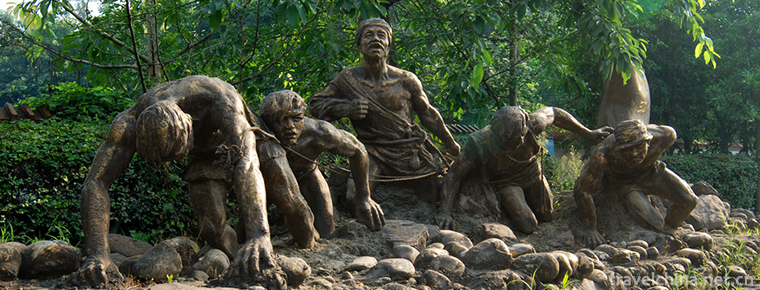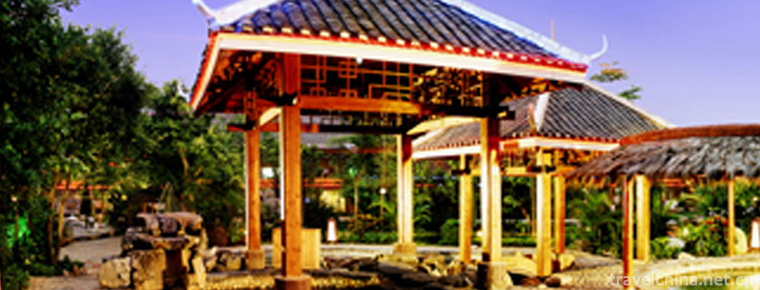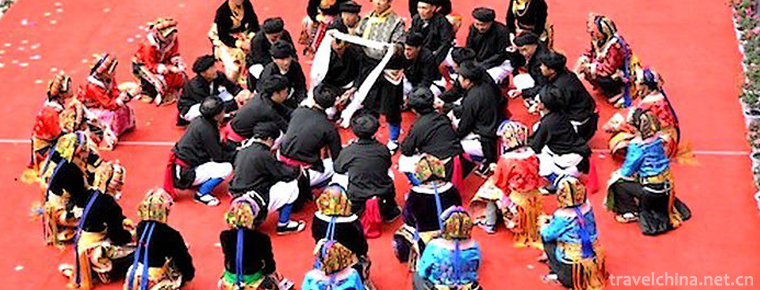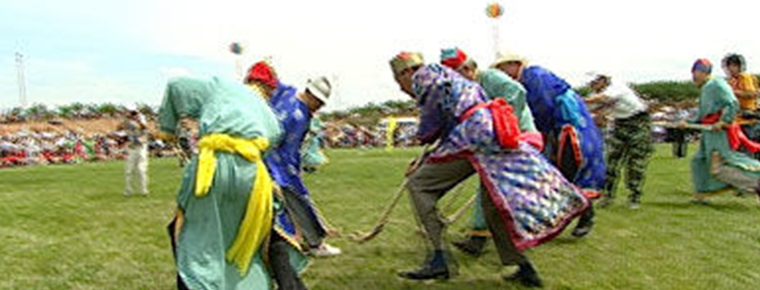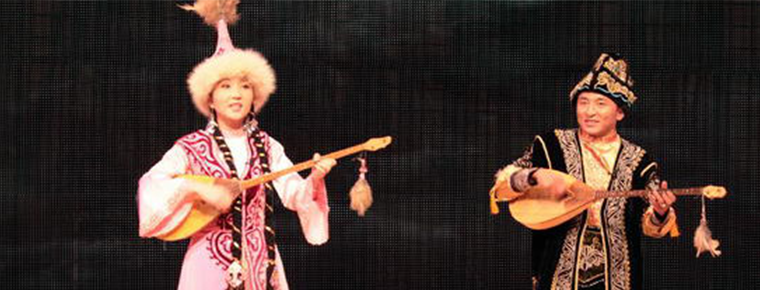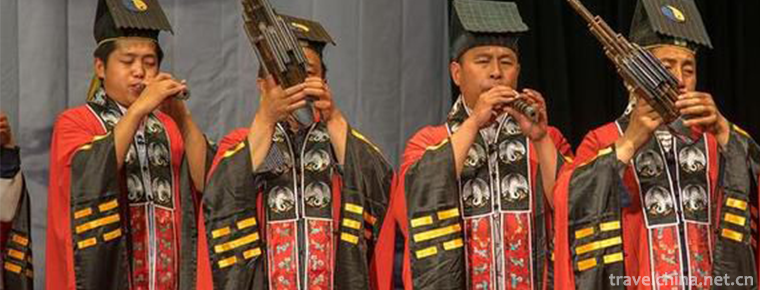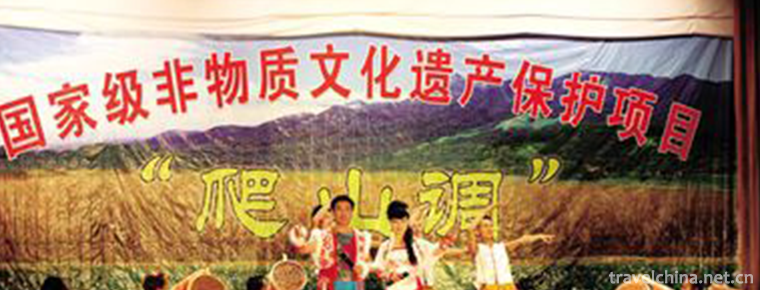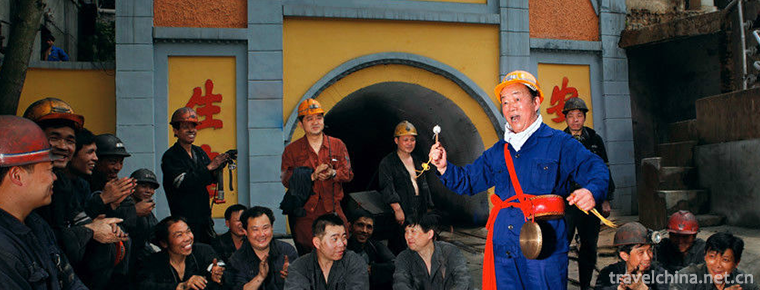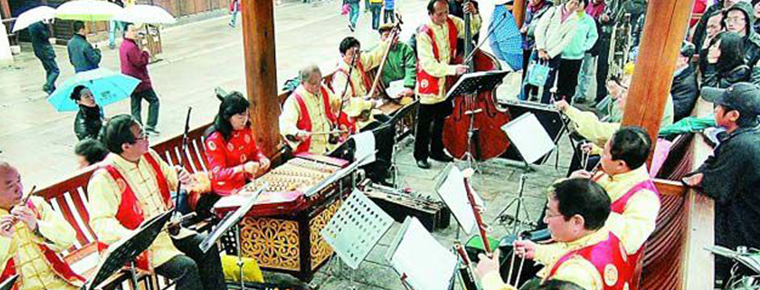Xibo Folk Stories
Xibo Folk Stories
Xibo folk tales, Xibo people are descendants of Xianbei people in ancient times. Xianbei was originally nomadic in the eastern foot of the Great Hinggan Mountains, and has been hunting and fishing for generations. After being incorporated into the Eight Banners of Mongolia in the 16th century, its social organization changed dramatically and its production turned into a stable agricultural economy. In the mid-18th century, in order to consolidate the frontier defense in Northwest China, the Qing government moved part of the Xibo people to Xinjiang. Later, these Xibo people settled in the Yili Valley and opened up their second homeland. Mysterious legend of ancient times: According to Xibo folklore, Xianbei, the ancestor of Xibo, lost his way in Xianbei Mountain (now Daxing'an Mountains) and was trapped in the mountains when he moved south in ancient times. Later, there was a kind of god beast in front of the road is to get out of the mountains, before they came to the southern Daze (Hulun Buir Grassland). This kind of animal, like a tiger and five claws, like a beaver and green, big as a dog and fast walking. Xibo people retain the custom of offering "Xianbei beast" (Rui beast). The mammoth pattern will be drawn and hung on the West or north wall of the living room. Over time, it will become the symbolic pattern of Xibo nationality.
On May 23, 2011, the Xibo Folk Stories declared by Shenyang, Liaoning Province, were listed in the third batch of national intangible cultural heritage list with the approval of the State Council.
historical origin
In this windy and sandy northwest, the industrious Xibo people dig mountains and build canals, and build more than 100 kilometers of Chabchal Canal. The murmuring water makes the desert wilderness a beautiful and abundant place with verdant trees, melons and fruits.
Xibo people are famous for their brave riding and shooting. Many excellent archers have emerged. They have their own language and writing. The language belongs to the Manchu branch of the Altaic Manchu-Tungusic language family. They have made extensive contact with and absorbed the literature and art of their brotherly nationalities through translation. Dozens of works, such as Records of the Eastern Zhou Dynasty, Romance of the Three Kingdoms and Journey to the West, were translated into Sibo several hundred years ago and spread widely.
artistic characteristics
Xibo folk tales are an important part of minority literature in China. From this we can see the social life, belief customs, literary imagination and national psychological characteristics of the ancient Sibo people. There are many connections and similarities between Xibo folk tales and other brotherly folk tales. In the use of language, because of the use of Sibo language, it retains a unique style.
Inheritance and Protection
Since the discovery of Xibo folk tales, five long narratives about the oral inheritance of the He Junyou family, the life of Xianbei tribe and its heroic epics of the Xibo ancestors were collected, collated and officially published in Yuhong Cultural Museum. In 2009, Xibo folk tales were listed in Liaoning Province's non-heritage protection list; in 2011, they successfully entered the third batch of national non-heritage list; He Junyou was recently publicized as the national representative successor of the project.
After Xibo folk tales were included in the list of non-survivors, local cultural departments attached great importance to organizing professional teams to rescue and protect this cultural heritage. At the same time, in conjunction with postgraduate students majoring in folklore of Liaoning University, two 600,000-word "He Junyou Xibo Long Stories" were collated and published in three years.


-
Shennong Creek Scenic Area
Shennongxi, originating from the main peak of Shennongjia, flows through Badong County, Hubei Province. It travels from north to south through deep mountain canyons, and converges into the Yangtze Riv.
Views: 146 Time 2018-12-12 -
Bo Ba Shen en
Bobassengen is a unique folk large-scale narrative mass pot village dance created by Ganbao Tibetan Village in Jiarong Tibetan area, Lixian County, Sichuan Province. "Boba" .
Views: 389 Time 2019-04-04 -
Daur traditional Hockey
Daur's traditional hockey sport is called "Bei Kuo Taj Ke Bei" in Daur language. Bei Kuo refers to a bat. The Daur bat is made by grinding oak wood with curved roots and straight branches. I.
Views: 119 Time 2019-04-22 -
bir bala
Kazakh is a music-loving nation, known as "horses and songs are the wings of Kazakhstan". Folk songs play a very important role in Kazakh music. Where there is a felt room of Kazakh people, .
Views: 110 Time 2019-05-02 -
Sheng Guanyue in Jizhong
Jizhong Sheng wind music is popular in Jizhong Plain, that is, south of Beijing, west of Tianjin, north of Cangzhou and Dingzhou frontline nearly 30 counties and cities of traditional drum music varie.
Views: 303 Time 2019-05-05 -
A tune of mountain climbing
Mountain climbing tune, also known as mountain climbing song and mountain song, is a traditional short-tune folk song popular in the agricultural and semi-agricultural and semi-pastoral areas of centr.
Views: 170 Time 2019-06-08 -
Pingxiang spring Gong
Pingxiang Spring Gong is a traditional form of music evolved from Primula in Pingxiang, Jiangxi Province. It is widely spread in Pingxiang City and its surrounding areas. It uses Pingxiang dialect and.
Views: 144 Time 2019-06-09 -
Ten times of music
Shifan music is a traditional instrumental music spread by Hakkas in Fuzhou and Western Fujian Province. It has been circulated since the middle of Daoguang in the Qing Dynasty. The origin of Shifan m.
Views: 307 Time 2019-06-15 -
Tiger dance shua laohu
Tiger dance, also known as "playing tiger" ("playing" Jiaozuo dialect refers to "playing" and "performing"), is said to have appeared in the Western Han Dynasty.
Views: 204 Time 2019-06-15 -
Anhui Science And Technology University
Anhui Science and Technology University is located Anhui Province Chuzhou City Fengyang County and Bengbu City By the state Ministry of Education Approved full-time full-time undergraduate universitie.
Views: 187 Time 2019-10-10

